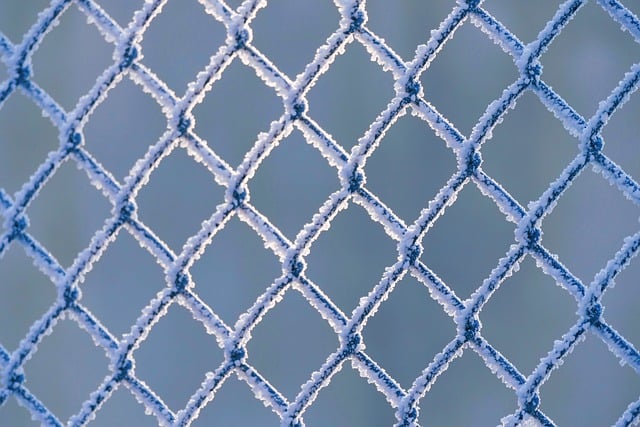Introduction:
Coastal areas present unique challenges when it comes to fencing due to harsh weather conditions, salt air, and frequent moisture. This article explores the benefits of durable wooden fencing as a robust solution for these environments. We delve into the essential factors of material selection, treatment methods, and installation practices to ensure longevity. By understanding the specific demands of coastal fencing, homeowners and contractors can make informed decisions, resulting in beautiful, low-maintenance fences that withstand the test of time and harsh coastal conditions.
- Understanding Coastal Fencing Challenges
- Benefits of Durable Wooden Fencing
- Material Selection and Treatment
- Installation and Maintenance Tips
Understanding Coastal Fencing Challenges
Coastal areas present unique challenges for fencing due to their harsh environments. Salt air, strong winds, and frequent rainfall can significantly wear down traditional fencing materials over time. Additionally, coastal landscapes often involve irregular terrain, making it difficult to install and maintain fences that blend seamlessly with the environment.
These challenges necessitate durable and resilient fencing solutions like wooden options specifically designed for coastal settings. Look for treatments that protect wood from moisture absorption, fungal growth, and pest damage—treatments that can extend the lifespan of the fence while preserving its aesthetic appeal.
Benefits of Durable Wooden Fencing
Durable wooden fencing offers an appealing and functional solution for coastal areas, where traditional materials often face challenges from harsh weather conditions and salty air. One of its key advantages is aesthetics; wood provides a natural, classic look that complements various landscape designs. Unlike synthetic alternatives, wooden fences can be customized with different stains, finishes, or styles to match personal preferences.
Moreover, durable wood fencing provides excellent privacy and security, creating a peaceful outdoor space for residents. It acts as a natural barrier against strong winds and flying debris, offering better protection than flimsier materials. Additionally, well-maintained wooden fences can withstand years of exposure, gradually developing a beautiful patina that adds character to any coastal property.
Material Selection and Treatment
When selecting materials for coastal fencing, durability is paramount. Wooden fences in such areas must withstand the constant assault of salt air, extreme weather conditions, and potential moisture seepage. Therefore, opting for high-quality, treated wood is essential. Look for species like cedar or redwood, known for their natural resistance to rot, insects, and decay. These woods have a longer lifespan compared to untreated options, making them ideal for coastal environments.
Treatment processes further enhance the durability of wooden fencing. Pressurized treatments infuse preservatives deep into the wood, protecting it from environmental factors. These treatments can extend the fence’s life by several years, reducing maintenance needs and ensuring a robust barrier that can withstand coastal conditions.
Installation and Maintenance Tips
When installing durable wooden fencing in coastal areas, it’s crucial to ensure proper drainage to prevent water damage. The ground should be prepared with a slight slope away from the fence to allow water to flow freely. Additionally, consider adding a layer of high-quality drainage fabric beneath the fence line to impede soil erosion and keep the wood dry. Regular cleaning is another essential maintenance tip. Saltwater can accelerate decay, so washing the fence with fresh water at least twice a year will help prolong its lifespan. Use a soft brush or cloth to gently scrub away any dirt or algae buildup, then rinse thoroughly.
After cleaning, re-apply a protective coat of sealant or paint designed for outdoor use and coastal conditions. This barrier will shield the wood from UV exposure and harsh elements, further enhancing durability. Regular inspections are also vital. Keep an eye out for loose boards, damaged posts, or signs of rot, addressing these issues promptly to prevent small problems from becoming major repairs.
